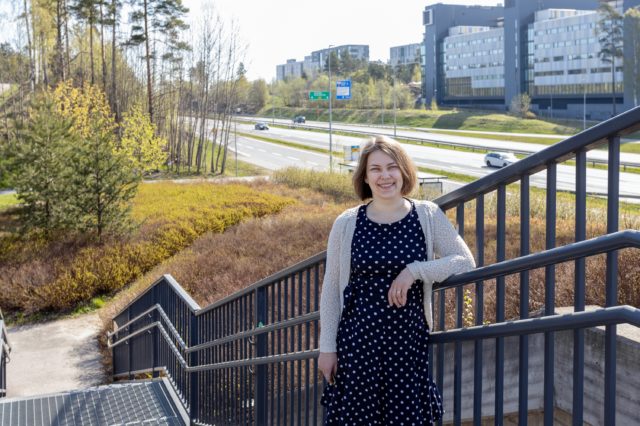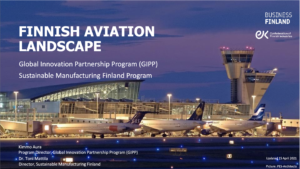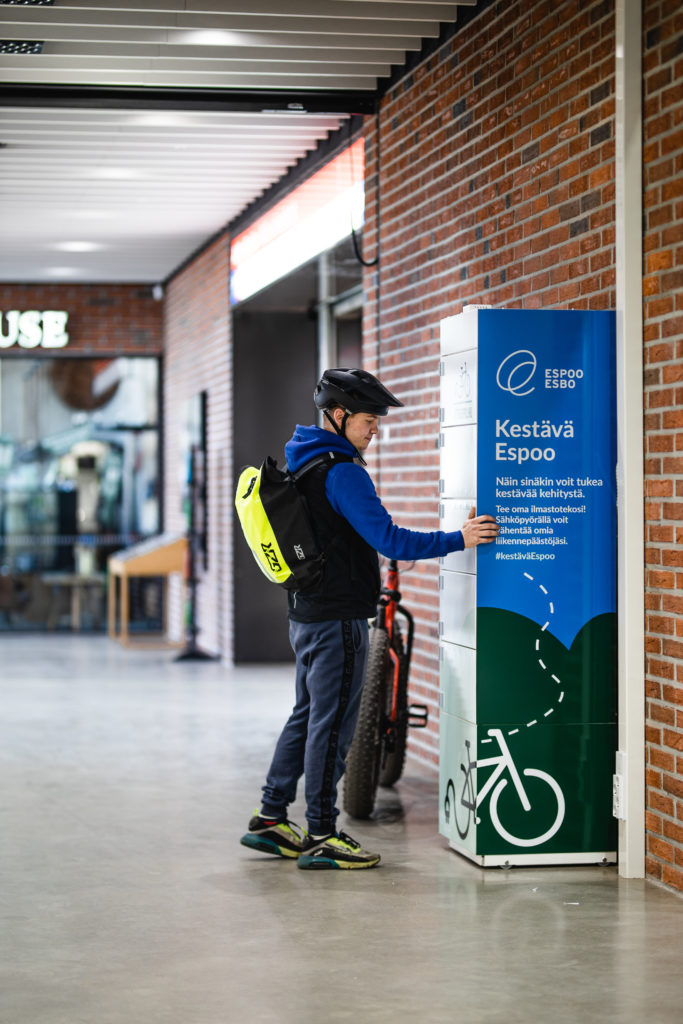In nearly all competitive procurements last year the number of electric buses chosen for city use exceeded the minimum requirements. Electric buses have made a real breakthrough. This presents a challenge to many communities on how the new equipment should be introduced. Tampere took advantage of VTT Smart eFleet simulation service in preliminary studies for electrification.
The technological development of electric buses has advanced by leaps and bounds in recent years. Meanwhile, pressures to reduce emissions in city transport help promote the electrification of bus services. Urban bus transport is regulated by an EU directive, and the national regulation linked with it is taking effect in Finland in 2021.
According to the directive, 41% of procurements for new buses in Finland should be based on clean energy. This means buses powered by electricity, biogas, biodiesel, or hydrogen. In addition, the directive requires that half of these buses should be zero-emission buses powered by electricity or fuel cells.
High expectations, complicated optimisation
Electric buses come with high expectations: they are expected to be as reliable diesel buses, but they must also be energy efficient, and have low emissions. The user experience should also improve. The introduction of electric buses requires comprehensive evaluation of costs and performance. The actors are not always aware of everything that should be considered in the evaluation.
VTT Smart eFleet solution serves as a roadmap for the electrification of bus transport. It offers unbiased information as a basis for decision-making. With the help of the service, it is possible to ascertain the most cost-effective way to introduce electric buses, while maintaining the quality of service.
Planning infrastructure for charging is one of the key questions. “The type of charging is affected by issues such as the features of the buses, their use, and preconditions for maintaining battery capacity on bus lines. Simulation makes it possible to visualise the effects of different choices. The aim is green transport with lower total costs than those of diesel buses”, says VTT’s Research Scientist Mikaela Ranta.
The VTT Smart eFleet service supports the electrification of public transport in many ways. It can be used as a tool for strategic planning and the anticipation of technological development. Simulation can also help in the planning of investments in infrastructure for charging. It also helps in the planning of tendering out public transport and for comparing the profitability of electric and hydrogen buses.

Electric bus traffic expanding in Tampere
An extensive change is taking place in Nysse, the public transport system of the Tampere area, where tram transport begins this summer. Meanwhile, Tampere and its nearby municipalities are planning the electrification of bus transport. The first four electric buses were introduced in the area already in 2016, but now there are moves for more extensive electric bus transport.
In preliminary studies for the electrification of urban buses Tampere has utilised VTT Smart eFleet solution. The simulation tool has given information to help planning in matters such as technical solutions for electrification and their costs.
“We used the service to model four distinct bus routes. We examined the kinds of situations in which fast charging on a route is the most sensible option, and when it is better to charge the batteries at a charging station at the depot, outside the route”, says Juha-Pekka Häyrynen, Transport Planner at Nysse.
“The key observation was that there are no self-evident solutions for the choice of a suitable charging strategy. Battery technology has made great advances, but it is not profitable to run all transport on depot charging. On some bus lines charging on the route remains an economically sensible option.”
By using the simulation service, Tampere did not aim at a detailed comparison of the options, or to optimise actual transport. Instead, the aim was to find fundamental principles for the bigger picture. ”VTT Smart eFleet is a useful and functioning tool for this kind of advance planning. Without simulation it would have been difficult for us to verify what was examined in the advance report”, Häyrinen says.
Switching the driving power to electricity is a significant move in urban bus transport. “Carriers, bus manufacturers, and those ordering the service have varying degrees of readiness for involvement in the change, and development moves forward at different speeds for different actors. Coordination is a challenge for the transition phase: buses have an operating life of about 15 years and the change in the driving power should be implemented in a manner that does not waste investments. This is a change that we plan to carry out in a controlled manner”, Häyrynen says.
Data promotes success in electrification
The VTT Smart eFleet examines the introduction of electric buses with data in mind. Background data requires information about the buses’ routes and schedules, as well as the planned equipment and its technical information. It is also possible to utilise traffic data from peak times and information on the planned charging locations. VTT also takes urban topography into account.
“VTT can collect a large portion of this information, and information about the vehicles is available directly from the manufacturers. In addition, the more information the client can give, the more detailed analysis can be made”, Mikaela Ranta notes.
The VTT Smart eFleet is the result of decades of research, experimental measurements, and technical data. This data is utilised in the analysis of different kinds of vehicles, infrastructures, and operating environments. The aim of the service is the successful electrification of bus transport and the best possible technical and economic solution for an electrified public transport system.
Read more about VTT Smart eFleet solution and contact VTT’s experts.
This article is published on Linja magazine of Linja-autoliitto 06/2021


